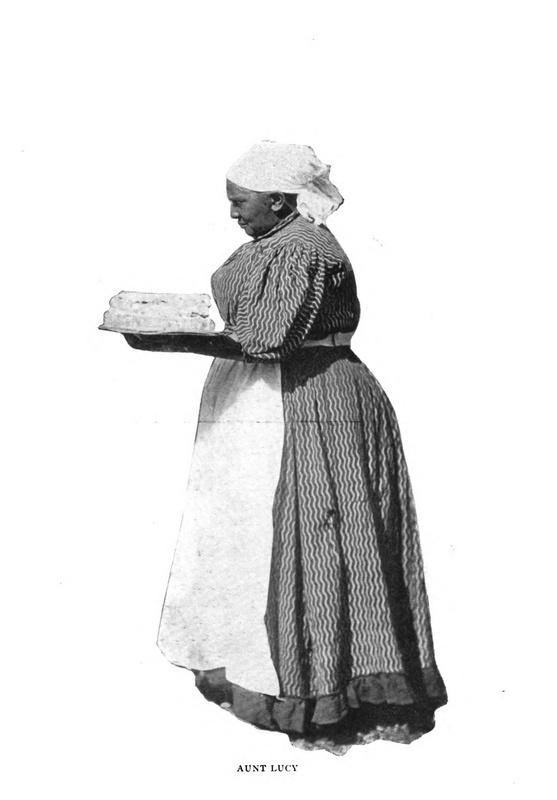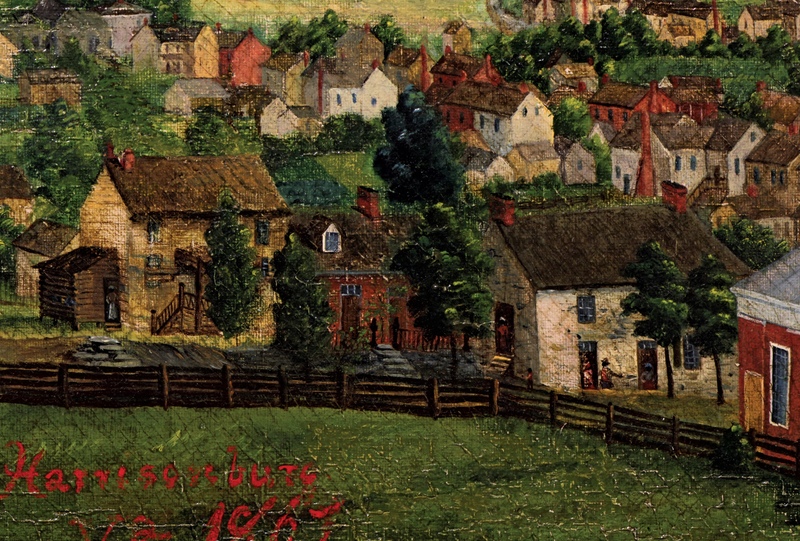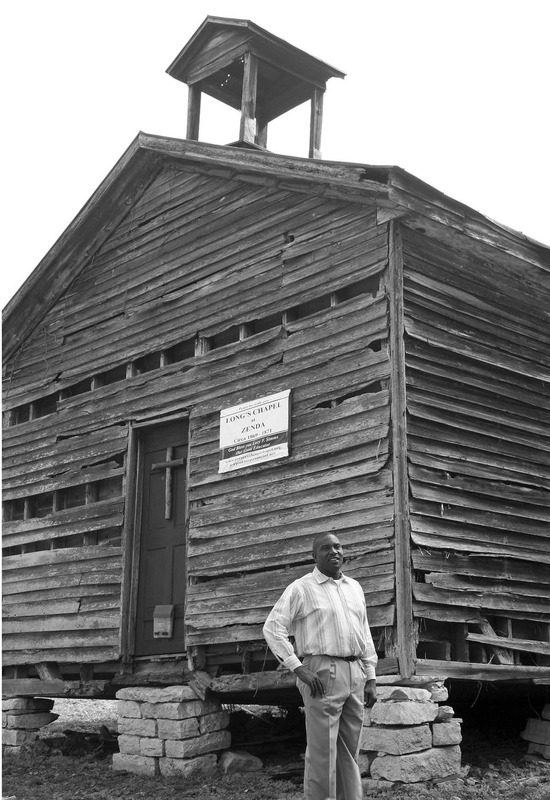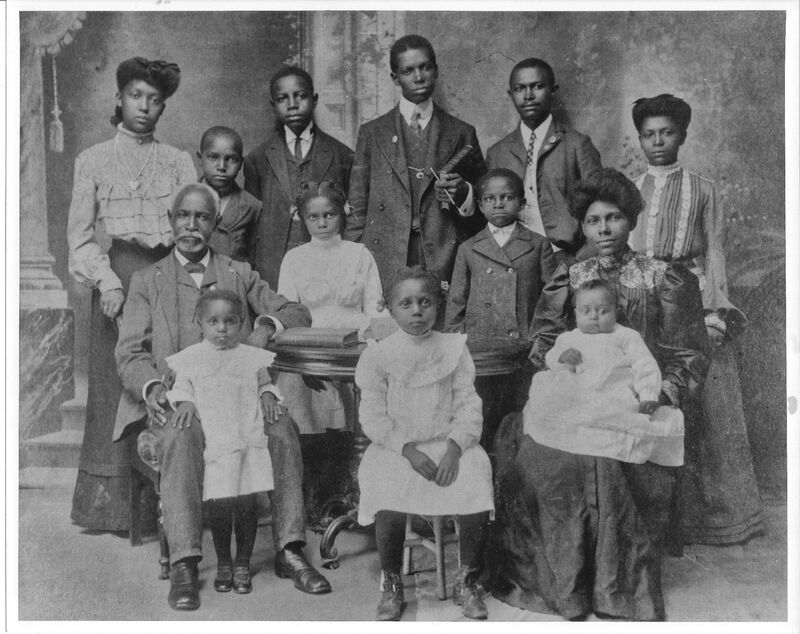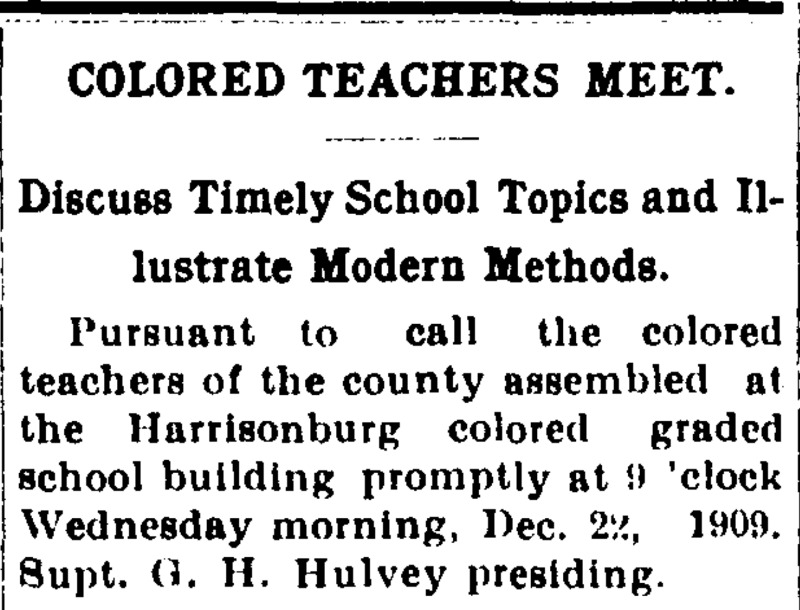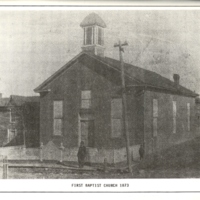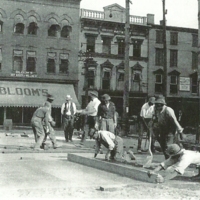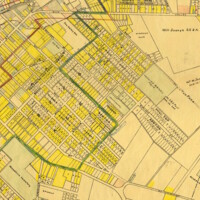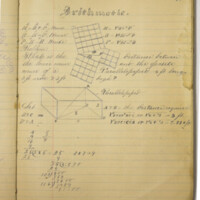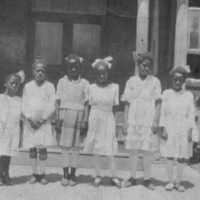Historical Context
A Community of Faith
Before the Civil War, traditional education was denied to enslaved African Americans. However, religious instruction was sometimes tolerated and became a primary gateway for early African American education.
On the Gray plantation of Hilltop, one of the Gray children, “Miss Dovey,” devoted herself to teaching the older slaves to read the Bible. One student in particular, known as “Aunt Lucy” to the white community, used these Bible lessons to teach the younger generation, and is believed to be the grandmother of future educator Lucy F. Simms. Harrisonburg’s freed black population used similar Christian knowledge and values to push successful appeals through the Virginia General Assembly that would allow freedmen to stay in Harrisonburg near his enslaved wife, children, and friends.
"Aunt Lucy seldom gave one of her brood a good word, but woe betide anyone else who gave them a hard one." –Nettie Gray Dangerfield
A Community of Growth
The end of the Civil War emancipated large numbers of African Americans who had previously been denied education. Harrisonburg received aid from the government-sponsored Freedmen’s Bureau, which enabled formerly enslaved persons to buy property, obtain an education, and find employment. The Bureau sent three teachers from New England to establish the first schools for African Americans in Harrisonburg, which were held in hotel rooms and church basements. After Virginia instituted a statewide system of public education in 1870, African American education moved from these informal spaces to dedicated one-room schoolhouses. Sixteen schools for African Americans operated at various times in Rockingham County.
A Community of Hope
Outside of Harrisonburg, African American education flourished in Athens, a small town to the north later renamed Zenda. Formed in 1869 around a plot of land given for the purpose of erecting an African American church, Zenda became one of the most prosperous African Americans communities in the county. Many Zenda residents owned property, and education and religion were key aspects of life. Instruction was held at the church, known as Long’s Chapel, until a dedicated school building was erected in 1882. Students came from miles around to attend, furthering Zenda’s status as a beacon of African American advancement. After 1900, the population of Zenda began to decline with the migration of African Americans to cities. Restored in 2009, Long’s Chapel stands to this day as a symbol of the fellowship and progress for the African American community in Rockingham County.
A Community of Togetherness
During segregation, many towns surrounding Harrisonburg were known as “sundown towns,” where white communities prohibited African Americans from being within the city limits after dark. Harrisonburg was more welcoming than these neighboring towns, making it safer for African American families to build a community. The Newmans (pictured left) were early trailblazers in the community, working in education, business, and for Federal agencies. George A. Newman came to Harrisonburg in 1875 as principal of the “colored school,” and worked here in education for almost 30 years.
"So we must rise in self defense, though humble we may be. And show, by using common sense, that we will still be free." –George A. Newman
A Community of Progress
In 1882, the Effinger Street School opened in Harrisonburg, becoming the primary center for African American education in Rockingham County until 1938. As the Newtown neighborhood grew around it, Effinger Street School became the locus of a tightly-knit community of faith and family. It served as a community center and a thriving and innovative school. Harrisonburg’s African American teachers were ambitious and progressive educators. They formed the Colored Teachers’ Association, which held monthly meetings where they read papers, held discussions, and performed demonstrations of various teaching techniques.
Following is a gallery of related images.

